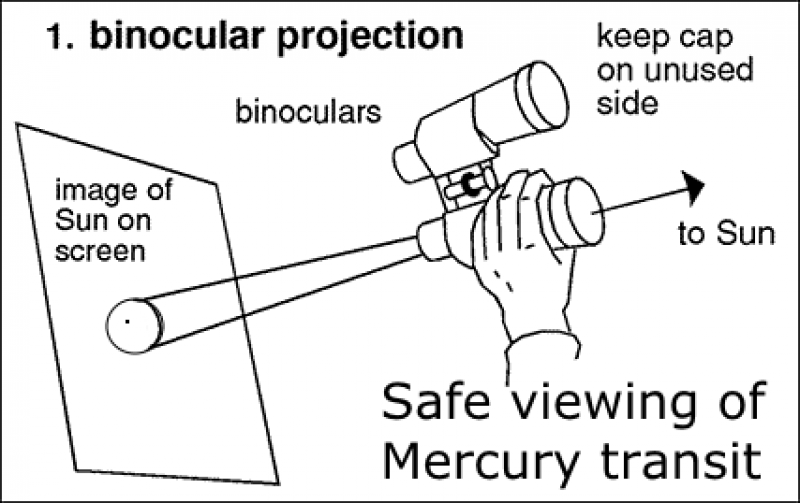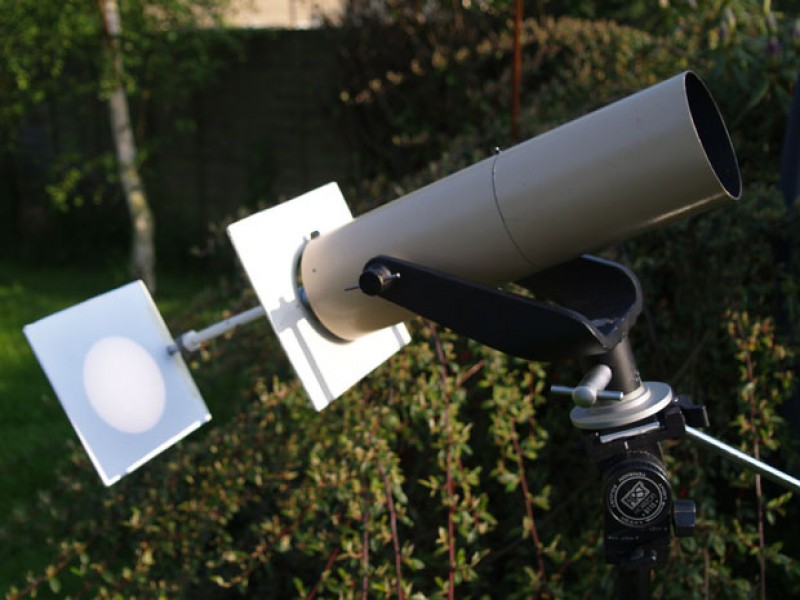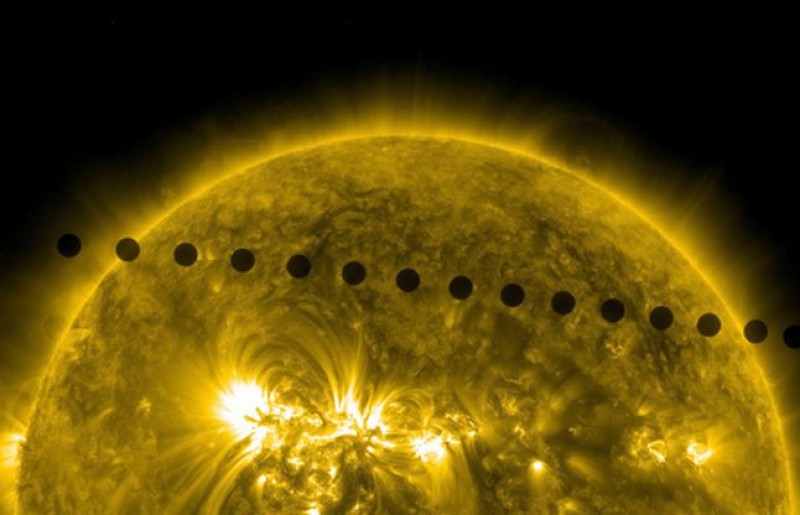
What is a Mercury Transit?
Watching the planets cross the sky can be a beautiful site. Their dance through the constellations has brought awe and wonder to those who have witnessed them. However, two planets in our solar system put on a much more rare display called a transit.
A transit is when a planet crosses the disk of the Sun from the point of an observer. From Earth, only Mercury and Venus can be observed doing this. Venus made its latest historic transit across the Sun’s disk on June 5/6, 2012. If you missed this one, you will have to wait until 2117 to see another Transit of Venus.
Mercury transits are slightly less rare, the last one happening in 2006. Now, 10 years later, we are going to witness yet another transit of Mercury on Monday, May 9th 2016! This celestial event is a must see for anyone interested in space or nature. Transits have given us many insights into the size and orbital mechanics of our solar system.
There are a few safety precautions that must be covered to observe this celestial event. DO NOT view the Sun without the correct safety equipment. While Mercury will cross the disk of the Sun it does not cover enough of it to be safe for naked eye viewing. To view the transit you will need special filters to remove most of the Sun's blinding light. Solar glasses, solar filters and specialized solar telescopes are needed in order to see the Mercury transit.
Event Visibility
The Mercury transit on May 9th, 2016 will be visible from North & South America, Europe, Middle East, most of Africa and some of Russia. Some locations will be able to witness the entire transit while others will only see portions of it.
Regardless of how much you will be able to see it is definitely worth seeing this display of celestial mechanics. Above is a display showing the times for each section of the transit in the United States.
As you can see, some of the times are before dawn which means the Sun will rise after the transit has started. This will make for quite a sunrise shot for those looking to photograph the event. The transit will takes several hours to complete so don't worry if you miss a few minutes of it. The next Mercury transit will take place on November 11th, 2019 so if you miss it you wont have to wait too long to see another occurence.
Observing the Transit
The Mercury transit can be a difficult event to view without the aid of optics. Due to Mercury being 1/194th the size of the Sun a set of optics providing 50x to 100x will be needed to get a good view. Due to the brightness of the Sun, all transits must be handled in the same way as an eclipse or any other solar observation. To prevent eye damage proper filters are needed in order to see the Mercury transit.
NOTE:
Observing the Sun at any time should ONLY be done with certified solar filters. So not attempt to view the Sun with your naked eye or with any type of optic without the correct filters!




Read more: focusastro.org